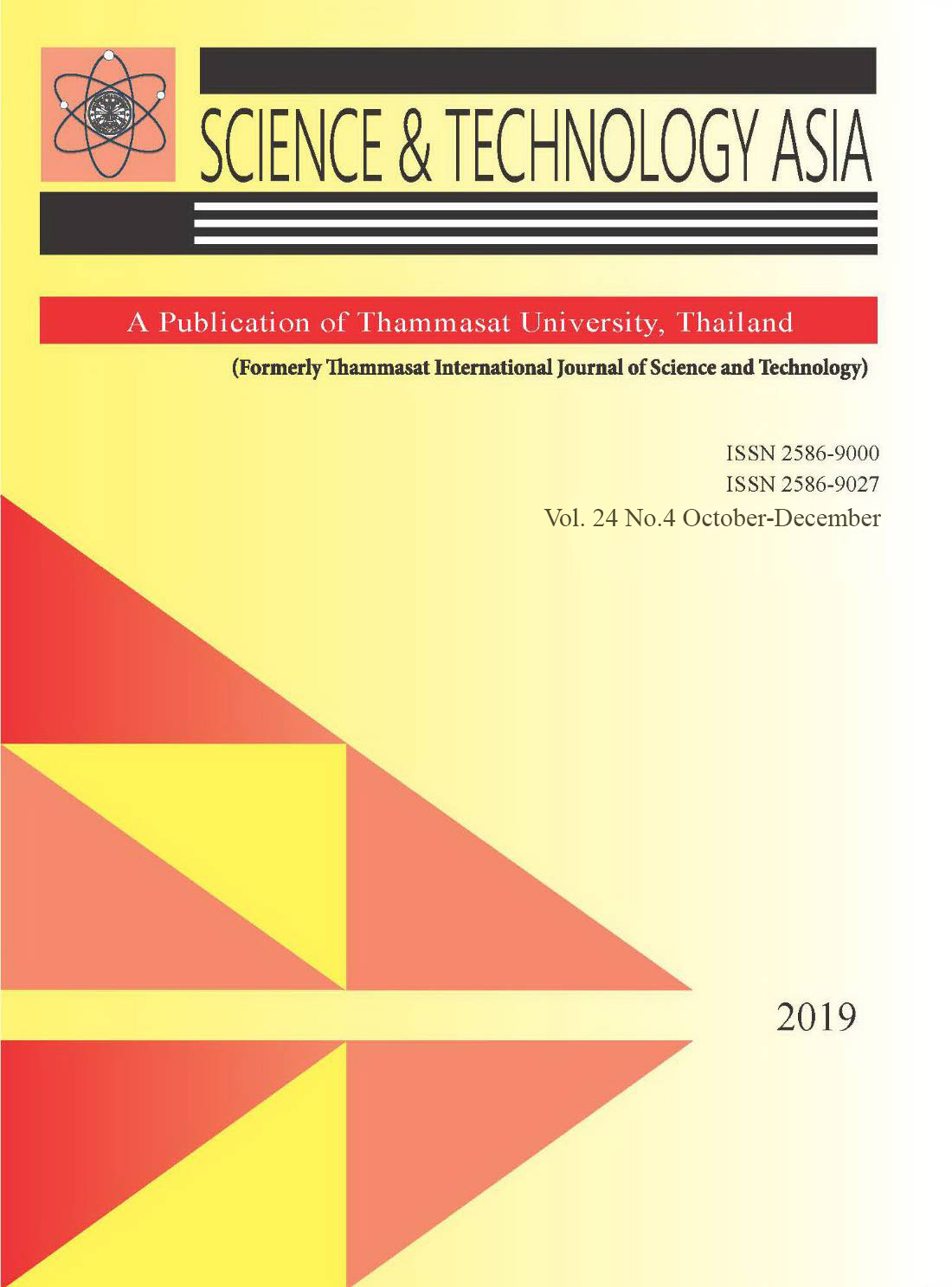Effects of Gibberellic Acid Applied at Different Flowering Stages on Agronomic Traits and Yields of Hybrid Rice Parental Lines
Main Article Content
Abstract
Gibberellic acid (GA3) application in hybrid rice seed production plays a vital role in increasing seed yield; however, improper use of GA3 may affect diversely the growth of hybrid parental lines. This study aimed to investigate the effects of GA3 application at different flowering stages on agronomic traits and seed yield of hybrid parental lines. A micro-crossing plot experiment was employed for A line multiplication (HCSA/HCSB) under five treatments: applying GA3 at 0%, 10%, 30% and 50% panicle heading stages and not applying GA3. The results indicated flag leaf length, number of internodes, length of base internode, spikelets per panicle, total dry biomass of both lines, panicle length of HCSA line and seed setting rate of HCSB line were not significantly different among the treatments. However, applying GA3 at 10% panicle heading to 50% flowering stage significantly increased plant height, length of 1st, 2nd, and 3rd upper internodes, total length of these three upper internodes and panicle exsertion rate of these lines. Interestingly, applying GA3 at 30% panicle heading stage enhanced A line to produce significantly higher panicle exsertion, stigma exsertion, and seed setting rates, ultimately leading to the highest seed yield of A line, while applying GA3 at 0% panicle heading stage slightly reduced panicle exsertion rate, and produced lower seed yield of both parental lines. These results suggest that applying GA3 at 30% panicle heading stage can be an effective method for increasing seed yield of A line. A verification test is necessary to confirm the present results.


